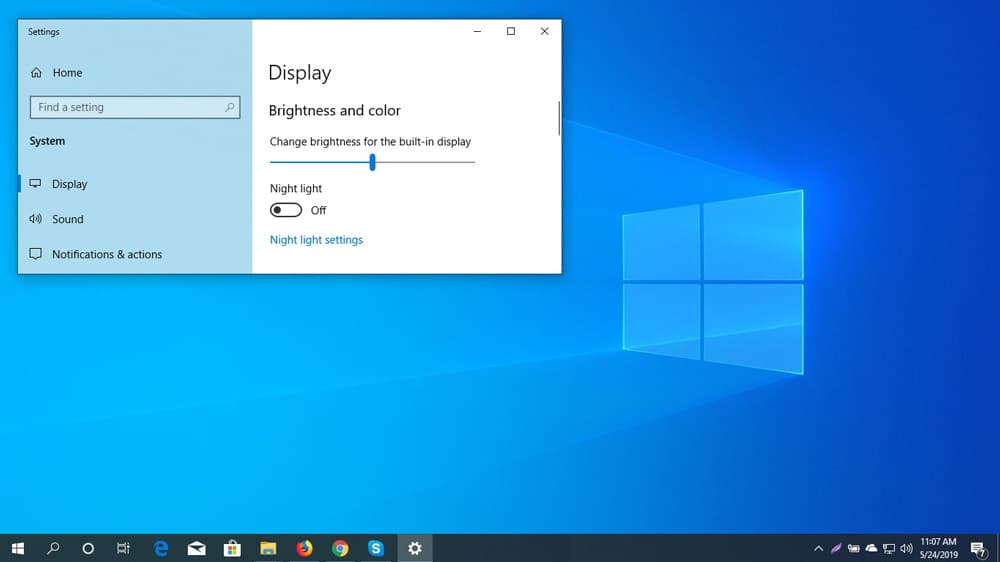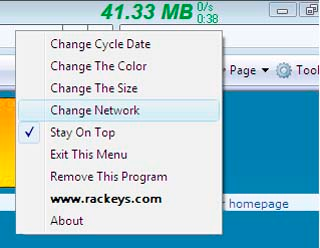


- #Home internet usage monitor update
- #Home internet usage monitor Offline
- #Home internet usage monitor professional
If you have a provider like Cox or Xfinity where your data cap is approximately 1.2TB (1,200GB), then you're probably not bumping up against your data allowance too often. Again, that number appears to be on the rise - at the peak of 2020, average usage spiked to a height of about 400GB per month. It can also feel a little esoteric and difficult to grasp.Īccording to OpenVault's broadband study from the third quarter of 2021, it all adds up to that the average US household uses approximately 435GB of data monthly. Let's revisit that chart, but add in the amount of data you'll typically use for each activity.Īdmittedly, that's a lot of numbers. In CNET's internet speed guide, we include recommendations for the type of speed you'll need for various online activities. You can save yourself a whole lot of hassle if you're able to sign up with an ISP that doesn't impose data caps at all.īut if that isn't an option, you want to start by being aware of the amount of data your typical online activities use. In that case, your first step should be to research to find out if your address is serviceable for another provider. Suppose you currently have a broadband provider imposing a data cap upon your internet service.
#Home internet usage monitor update
Liability for the information given being complete or correct.ĭue to varying update cycles, statistics can display more up-to-date350GB for fixed wireless, 1TB for DSL plans, unlimited for fiberġ.5TB-3TB for Chicago market, unlimited for all other areas As a majority of school children depend on online material to learn, and many workers have to perform their duties remotely, this digital disparity is hitting several demographics particularly hard.
#Home internet usage monitor Offline
While the offline population in the United States is continuously shrinking, millions of households still lack internet access. COVID-19 not only re-shaped the nature and extent of online usage in the United States, but also highlighted the digital divide. In early 2020, social media platforms, videoconferencing services, and other forms of digital communication saw a significant boost in downloads and engagement, as these platforms became substitutes for personal encounters, during a time of social distancing. With schools, offices, shops, restaurants, and nearly all public gatherings called off amidst the coronavirus (COVID-19) pandemic, Americans had to move many parts of their lives online. Mobile retail commerce or m-commerce sales are seeing constant growth in the United States, and so are the numbers of mobile digital buyers.

Even so, smartphone users not only use their mobile devices to browse through TikTok or Instagram but also to make purchases on the go. As of 2020, almost 50 percent of web traffic in the United States originated from mobile devices, and according to the latest data, the number of mobile internet users in the United States is forecast to reach 300 million by 2026. Seeing that most social media and instant messaging platforms are available via app, it comes as no surprise that internet usage is shifting towards mobile access. As of 2020, the number of social network users in the United States stood at 223 million, with Facebook remaining the leading social media website.Ĭutting the chord: the rise of mobile internet Home to many social media giants, the country sees a particularly high demand for social networking platforms and apps. In the United States, some of the most popular digital activities include the use of e-mail, search engines, video streaming platforms, and social networks.
#Home internet usage monitor professional
From learning and working to shopping and dating – the internet has transformed and digitized many aspects of everyday personal and professional life.


 0 kommentar(er)
0 kommentar(er)
